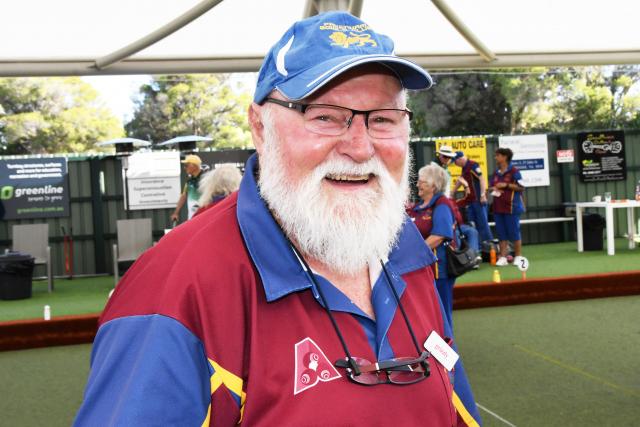By CAM LUCADOU-WELLS
IT WAS no big problem for Hallam-born Sapper John Alfred Brown to convince authorities he could enlist in the Light Horse Brigade in Egypt.
At a jockey-sized 49 kilograms and 153 centimetres tall, the Victorian Railways clerk volunteered for service in May 2018 – about 18 months before the Great War’s end.
His parents’ written objection that he was “too small for active service” was dismissed by the Department of Defence – though he was 4.5 centimetres “below standard”.
“But if he can be placed in AMC (Army Medical Corps) or AIC (Australian Instructional Corps) or … Telegraphical or such like we are quite satisfied for him to do his part,” Alfred and Mary Brown wrote in their fruitless plea.
After passing medicals and a riding test at Broadmeadows, Brown, 20, was shipped off to the Suez Canal to join the Egyptian Expeditionary Force’s signal training unit in October.
He was soon listed as a Sapper or combat engineer with the 5th Signal Troop.
During his nine-month stint, he was admitted to hospital with pleurisy and a possible “malarial infection” and his right lung was described as “very severe”.
His doctor, Lieutenant-Colonel W.L Williams, recommended restricting Brown to light duties for 10 days.
In late March, he was admitted to field ambulance for four days, passed as fit for general service in April and moved to the 2nd Signal Squadron of the Mounted Division on 28 June 1919.
Within a month he left Egypt on the ship Burma bound for Australia. According to a transfer paper, the reason for his return was “not stated”.
On 13 September, he was medically discharged – less than two months before the end of the war.
The notes on the medical report are largely indescipherable but he was passed as “dentally fit” and with no listed disability.
He was awarded a 1914-15 Star, a British War Medal and Victory Medal on his return.
The last file on Brown’s service history was in 1924. It notes he told the department that he lost a badge.







